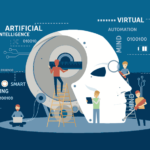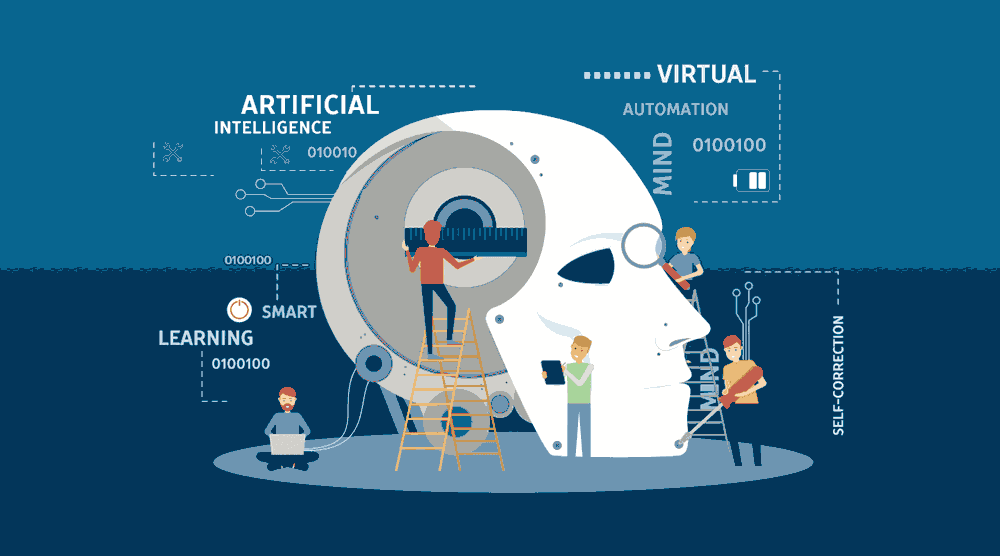What is Network Security?
In an age where digital interactions are integral to daily life, network security has become more crucial than ever. “Network security” refers to the protocols, policies, and instruments employed to protect computer networks, data availability, confidentiality, and integrity. In an increasingly interconnected world, it is critical for individuals and organizations to comprehend these ideas if they want to protect their information.
The modern world’s interconnected nature means that more devices are continuously added to networks. Consequently, this increases the potential attack surface and gives rise to numerous cyber threats that must be countered effectively. The increasing dependence of industries like healthcare and banking on digital infrastructure highlights the necessity for robust network security measures since any compromise might have disastrous repercussions.
Common Threats to Network Security
Because hackers are using more advanced methods, the landscape of cyber dangers is constantly changing. Some of the common threats include:
- Malware: Malicious software that compromises or harms computers. This can include sophisticated spyware as well as worms and viruses.
- Phishing: Fraudulent attempts to pose as reliable organizations to gain sensitive information. These attacks often use social engineering to trick individuals into disclosing confidential data.
- Ransomware: Malicious software that locks access to data until a ransom is paid. Ransomware attacks have been steadily rising, targeting both individuals and organizations worldwide.
- DDoS Attacks: Distributed denial of service (DDoS) floods systems with traffic, disrupting them. These attacks can cripple services and cause significant financial losses.
- Insider Threats: Security risks originate within an organization, often due to malicious or negligent employees. Insider threats are particularly insidious as they usually bypass external security measures.
Best Practices for Network Security
Implementing best practices for network security helps organizations minimize risks and protect data. Here are key strategies:
- Regularly update and patch systems to fix vulnerabilities. Consistently applying updates reduces the risk of exploitation by keeping software and systems secure.
- Implement robust password policies and multi-factor authentication. Strong, unique passwords and additional authentication steps significantly enhance security by making unauthorized access more difficult.
- Conduct regular security audits and risk assessments. These evaluations help locate possible weaknesses and guarantee the efficacy of security precautions.
- Inform staff members of the value of safe practices and network security. Continuous training helps employees stay aware of the latest threats and how to mitigate them.
- Use firewalls, intrusion detection systems, and anti-malware tools. These tools create multiple layers of defense, providing comprehensive protection against various threats.
According to a CSO Online article, organizations must stay vigilant to safeguard their systems from the ever-growing landscape of digital threats. By keeping up with industry best practices, a company can make sure its defenses are solid and ready to take on new threats as they arise.
Essential Tools for Maintaining Network Security
Maintaining robust network security requires a combination of tools. Some essential ones include:
- Firewalls: Act as the first line of defense against attacks from the outside by regulating network traffic entering and leaving the system according to security policies.
- Antivirus Software Identifies and removes malicious software. It must be updated often to stay safe from the newest dangers.
- Encryption Tools: Protect data by encoding it so only authorized parties can access it. Data encryption ensures that, even in the event of intercepture, unapproved users cannot access the data.
- VPNs: Secure remote access to an organization’s network. Virtual Private Networks (VPNs) provide a secure tunnel for data transmission, especially for remote workers.
- SIEM Systems: Systems for managing events and security information analyze security alarms produced by network hardware and applications in real time. SIEM systems help in early detection and response to potential threats.
When used together, these tools create a multi-layered defense strategy, enhancing an organization’s overall security posture. Organizations can better detect, respond to, and mitigate security threats by implementing a comprehensive toolset.
The Role of Employees in Network Security
Employees play a critical role in maintaining network security. Establishing a culture of security awareness inside an organization requires the following:
- Frequent instruction on how to spot and report questionable activities is crucial to collective defense. Ensuring staff members know the most recent dangers and appropriate reaction procedures is also vital.
- They are establishing clear policies on data usage and sharing. Clear guidelines ensure employees understand the boundaries and expectations for handling sensitive information.
- We are encouraging prompt reporting of security incidents. An open communication policy helps quickly identify and mitigate potential threats.
- They are conducting frequent cybersecurity drills to simulate attack scenarios. Drills help prepare employees to act swiftly and efficiently during incidents, minimizing potential damage.
Forbes Tech Council says well-informed employees are a crucial defense against cyber threats. Organizations that invest in employee education and awareness programs are better equipped to prevent and respond to cybersecurity incidents.
Also Read: ITE Dashcam Nexar: All About Your Road Safety
The Future of Network Security
- As technology advances, so will network security challenges. Upcoming trends include:
- The expanding use of threat analysis using artificial intelligence (AI).
- The prominence of zero-trust architecture.
- The integration of blockchain for secure data transactions.
AI-driven security systems may analyze large data sets to find trends and abnormalities, greatly enhancing threat detection and reaction times. The zero-trust model, which assumes that threats could be external or internal, entails strict verification processes for anyone accessing network resources, thereby enhancing security. Additionally, blockchain technology offers secure, decentralized ways to manage and verify transactions, which can be particularly useful in protecting sensitive data.
To keep networks secure in the future, security procedures must be updated often and kept abreast of emerging trends. As cyber threats become more complex, proactive measures and adaptive security strategies will be critical in maintaining robust network security.











